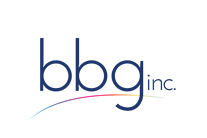There are four basic parts of Medicare: A, B, C, and D. Each part helps pay for certain medical services.
Medicare Part D is health care coverage that helps you pay for the prescription drugs you use.
Here are 5 things to know about Part D – Prescription Drug Coverage:
- Original Medicare (Parts A & B) does not cover most prescription drugs. Beneficiaries must elect and buy this coverage in addition to Part A and/or Part B.
- Everyone who qualifies for Medicare and enrolls in either Part A and/or Part B is eligible for Part D Prescription Drug Coverage.
- Part D is only offered through private companies that contract with Medicare. You have two choices:
- Stand Alone Prescription Drug Plans (PDPs)
- Available through Medicare Advantage Plans (MAPDs)
- Part D covers most outpatient drugs you get from the pharmacy or through mail order. There are exceptions (eg. administered by a doctor, chemotherapy) that are covered under the other parts of Medicare.
- There are four stages of Prescription Drug Coverage:
- Annual Deductible
- Initial Coverage
- Coverage Gap
- Catastrophic Coverage
With Part D Prescription Drug Plans (PDP), coverage and costs vary by plan and may change each year.
You can read 5 things to know about Medicare Parts A and B in these previous posts:
Medicare Basics: 5 Things to Know About Medicare Part A
Medicare Basics: 5 Things to Know about Medicare Part B (Second in a Series)

